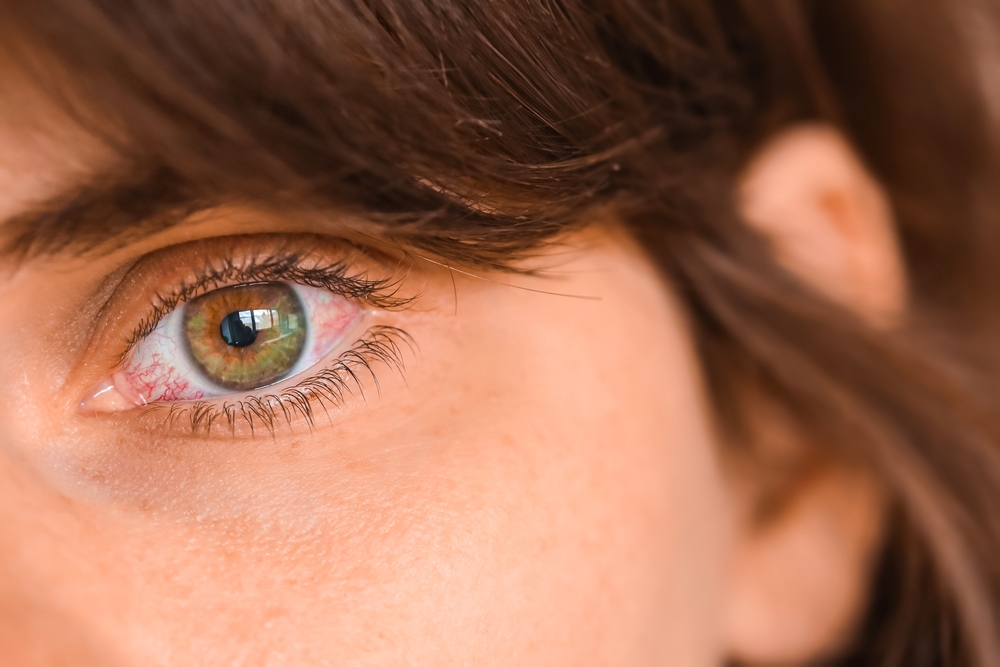
Dry eye is a common condition, but not all forms of dry eye are the same. One type, Aqueous Deficient Dry Eye (ADDE), occurs when the tear glands don’t produce enough of the watery component of tears, leading to a lack of moisture on the eye’s surface. This can cause discomfort and even damage to the eye if left untreated.
What Causes Aqueous Deficient Dry Eye?
Tears are essential for maintaining a healthy, lubricated eye surface, and they consist of three layers: oil, water, and mucus. In aqueous deficient dry eye, the lacrimal glands, which are responsible for producing the watery layer, fail to generate sufficient tears, leading to a lack of moisture on the eye's surface.
There are several factors that can contribute to aqueous deficient dry eye. One of the most common causes is age-related changes, as tear production naturally declines with age. Hormonal changes, especially in women during menopause, can also reduce tear production.
Additionally, certain autoimmune conditions, such as Sjögren’s syndrome, can affect the lacrimal glands, leading to a significant decrease in tear production and resulting in ADDE. Other conditions, like rheumatoid arthritis and lupus, may also be associated with this form of dry eye.
Medications can be another contributing factor. Drugs such as antihistamines, diuretics, antidepressants, and beta-blockers can reduce tear production, worsening dry eye symptoms.
Symptoms of Aqueous Deficient Dry Eye
Aqueous Deficient Dry Eye can cause a variety of uncomfortable symptoms, including:
Dryness and irritation: A persistent feeling of dryness on the eye's surface is common.
Burning or stinging sensation: Many individuals experience a burning or stinging feeling in their eyes.
Redness: The lack of moisture can lead to inflamed and red eyes.
Blurred vision: Without a healthy tear film, your vision may become intermittently blurry.
Sensitivity to light: Bright lights can be uncomfortable for those with ADDE.
A feeling of grittiness or something in the eye: Many people describe their eyes feeling as though there’s sand or debris inside.
These symptoms can range from mild to severe, and they may worsen throughout the day or in specific environments.
Treatments for Aqueous Deficient Dry Eye
While Aqueous Deficient Dry Eye can cause significant discomfort, several treatment options are available to help restore moisture and relieve symptoms. Depending on the severity, your eye doctor may recommend one or a combination of the following treatments:
Artificial Tears and Lubricating Eye Drops: These over-the-counter options can temporarily relieve dry eye symptoms by supplementing the tear film. Preservative-free options are often recommended for frequent use.
Prescription Eye Drops: Medications can help increase tear production by reducing inflammation in the lacrimal glands.
Punctal Plugs: These tiny, biocompatible plugs can be inserted into the tear ducts to slow tear drainage, allowing the natural tears you produce to stay on the eye longer.
Omega-3 Supplements: Increasing your intake of omega-3 fatty acids, found in fish oil supplements, has been shown to improve tear production and eye health.
Expression of the Meibomian Glands: This involves applying gentle pressure to the eyelids to manually unclog the glands and release the blocked oil, helping to restore a healthy tear film and reduce dry eye symptoms.
Eyelid and Lash Cleaners: These cleansers are used to gently remove debris, bacteria, and excess oil from the eyelid margins and eyelashes, promoting better eyelid hygiene and reducing the risk of Meibomian gland blockages that contribute to dry eye.
Optimizing Your Eye Health and Comfort with The Center for Eye Care and Optical
If left untreated, aqueous deficient dry eye can lead to complications, including damage to the cornea and an increased risk of eye infections. Early intervention can help prevent long-term damage and improve your quality of life. At The Center for Eye Care and Optical, we are dedicated to helping you find the right solution for your dry eye symptoms. Our comprehensive eye exams and personalized treatment plans ensure you get the care you need to maintain healthy vision and comfort.
If you’re experiencing symptoms of aqueous deficient dry eye, schedule a consultation with The Center for Eye Care and Optical to explore treatment options. Visit our office in West Islip, New York, or call (631) 825-7725 to book an appointment today.










